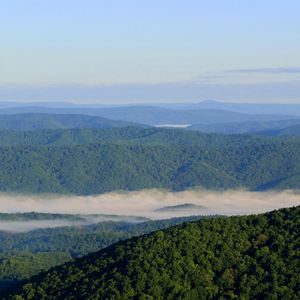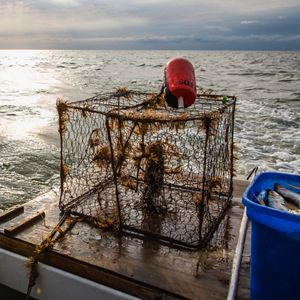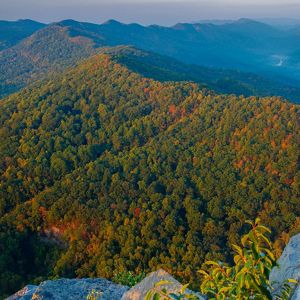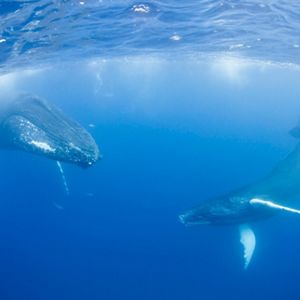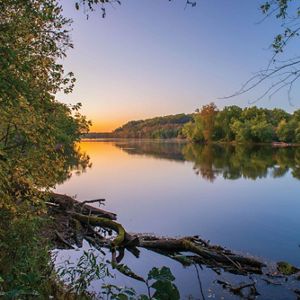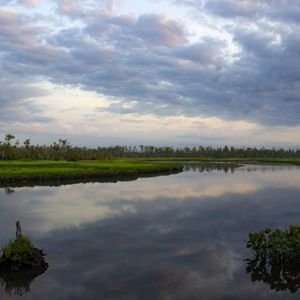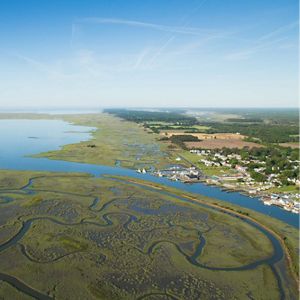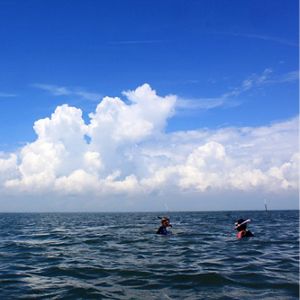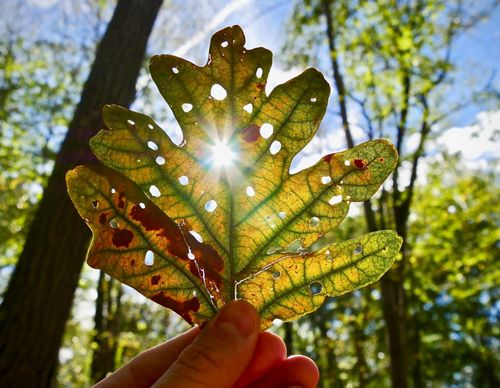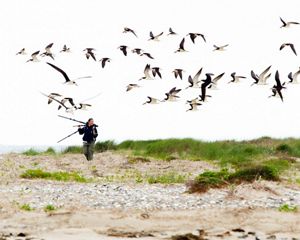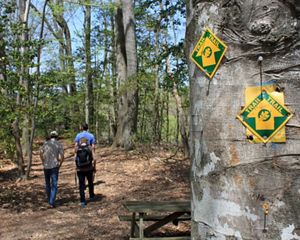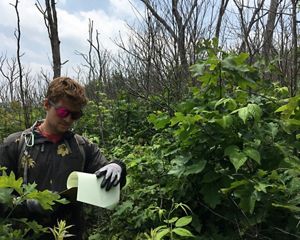Virginia
Seeking Creative Solutions to the Commonwealth's Most Complex Conservation Challenges
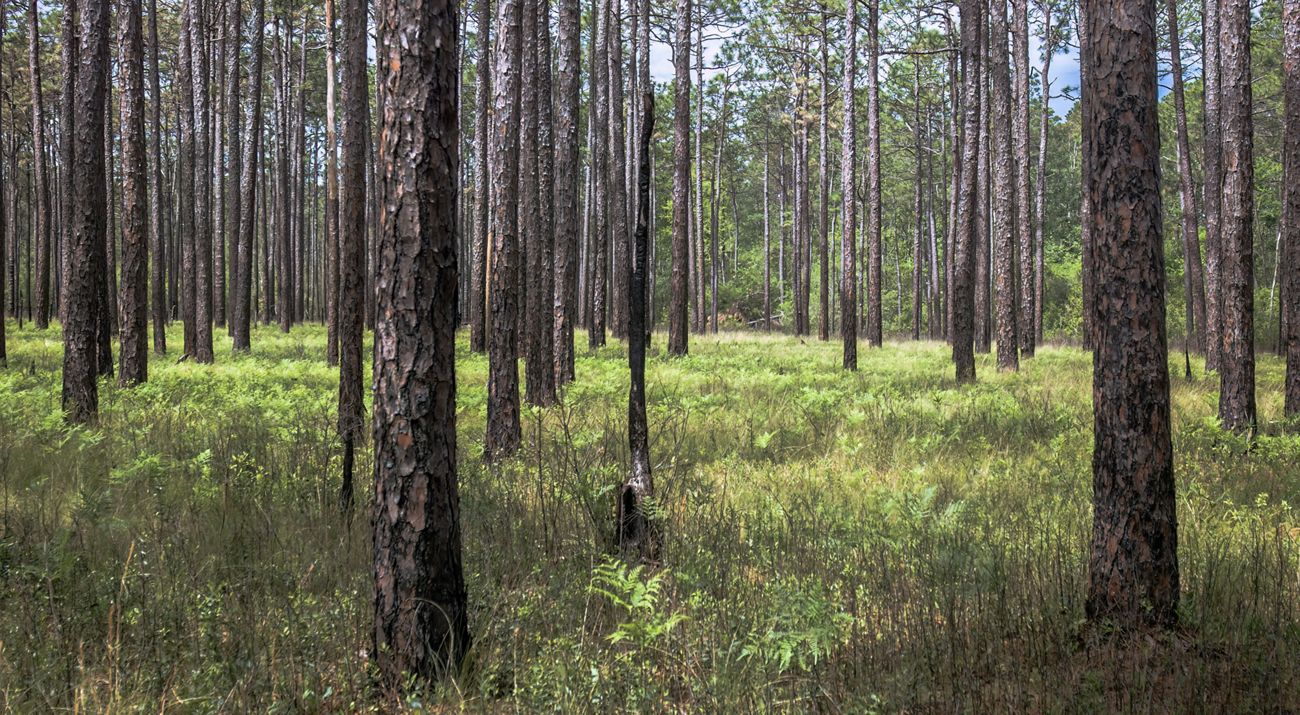
Make a Difference in Virginia
From the rivers of the Clinch Valley to the mountains of the Appalachians and Allegheny Highlands; across the Piedmont to the pine forest savannas of the Tidewater; throughout waters of the Chesapeake Bay and beyond, we're working to create a world where people and nature can thrive. Will you help us continue this work?
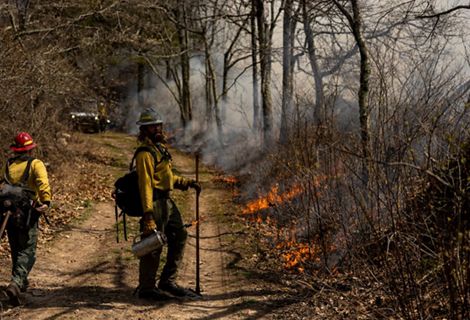
Restoring the Appalachians through Fire: A Joint Conservation Vision
Discover how The Nature Conservancy in Virginia and state and federal partners are restoring Virginia’s Appalachian forests through fire.
Magazine Highlights
Explore conservation highlights from across the commonwealth as featured in the Winter 2025 Nature Conservancy magazine.
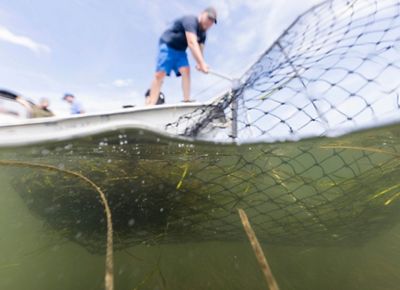
Download
We're seeing conservation pay off across Virginia. Highlights from our work in 2025 and a look ahead to the future.
DownloadWe Can’t Save Nature Without You
Sign up to receive monthly conservation news and updates from Virginia. Get a preview of Virginia's Nature News email

